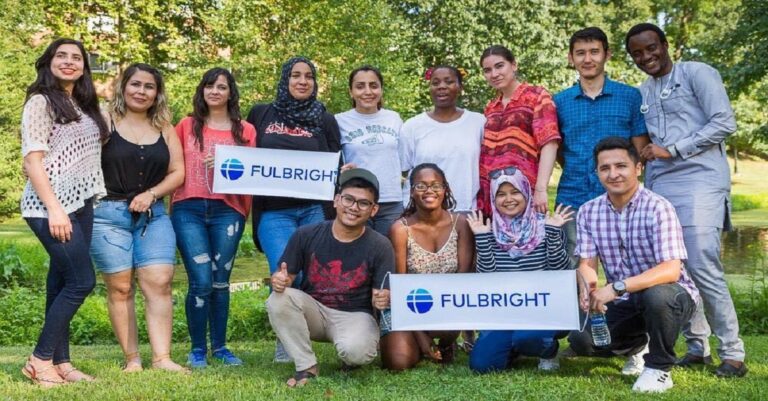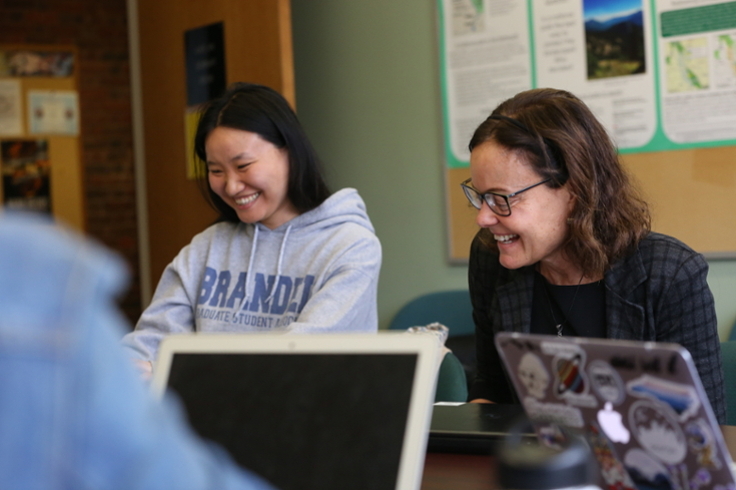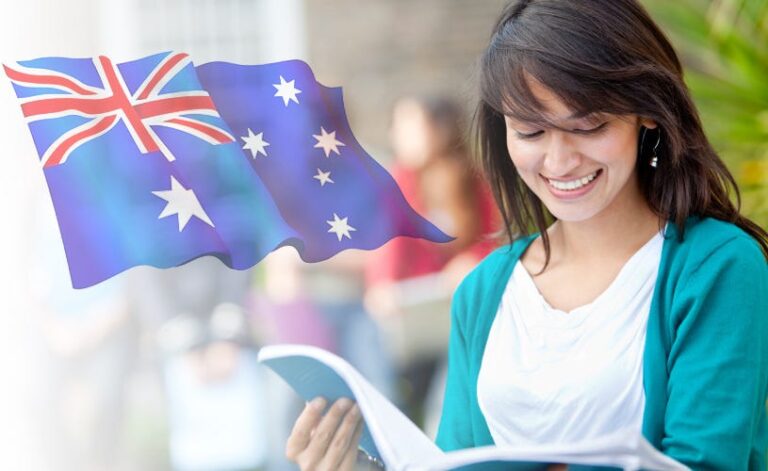Experience Kenya like never before. This carefully curated, all-inclusive 7-day itinerary takes you to the heart of East Africa’s most exclusive conservancies and lodges. You’ll enjoy daily game drives in private 4×4 vehicles, gourmet meals under the stars, and five-star accommodations—all while supporting sustainable tourism and local communities.

Why Choose an All-Inclusive Luxury Safari in Kenya?
You deserve the best. Here’s why an all-inclusive luxury safari is the ultimate choice:
- Hassle-Free Travel
- All meals, transfers, park fees, and activities are covered.
- Private guides handle every detail—no hidden costs.
- Unparalleled Comfort
- Stay in tented camps and lodges with en-suite bathrooms, plunge pools, and curated wine lists.
- After long game drives, unwind with spa treatments or sundowners by the fire.
- Exclusive Wildlife Encounters
- Access private conservancies with maximum wildlife density and minimal crowds.
- Early-morning and night drives reveal predators and nocturnal species.
- Positive Impact
- Most operators partner with local Maasai communities and contribute to conservation.
- Your visit generates revenue for wildlife protection and community development.
H2: Luxury Kenya Safari Packages
When you search for luxury Kenya safari packages, you want exceptional service at every moment. Top operators offer:
- Customizable Itineraries
- Fly-in or road transfers between parks.

- Optional hot-air balloon safaris over the Masai Mara.
- Fly-in or road transfers between parks.
- High-End Accommodations
- Angama Mara: Overlooking the Great Migration river crossing (World of Wanderlust)
- &Beyond Suyian Lodge: New 2025 property in Laikipia focused on conservation (wildwonderfulworld.com)
- Governors’ Il Moran: Iconic candle-lit dinners in the Mara (MasaiMara.com)
- Expert Guides
- Local Maasai trackers with decades of experience.
- Personalized game-spotting tips to maximize sightings.
H2: All-Inclusive Kenya Safari
True all-inclusive Kenya safari means zero surprises on your final bill. Your package typically includes:
- Accommodation in luxury tents or lodges with daily turndown service.
- Meals: Breakfasts, picnic lunches on game drives, bush dinners, gourmet à-la-carte cuisine.
- Drinks: House wines, premium spirits, filtered water, specialty coffees and teas.
- Transfers: Private 4×4 jeeps, charter flights, and airport meet-and-greets.
- Park Fees: Entrance and conservation levies for all reserves.
- Activities: Day and night game drives, guided bush walks, cultural visits.
Tip: Verify that your operator’s rates include gratuities and carbon-offset levies for a truly worry-free experience. (Safari)
H2: 7-Day Kenya Safari Cost
Pricing varies with season, level of luxury, and group size. Expect:
| Tier | Cost per Person (USD) | Includes |
|---|---|---|
| Premium Luxury | $3,500 – $6,900 per person total | Private charters, top lodges, balloon safari, spa treatments (Wild Race Africa) |
| Luxury+ | $1,500 per person per day | High-end lodges, premium drinks, private vehicle (Ella McKendrick) |
| Mid-Range Private | $1,500 per person total (shared camps) | Comfort camps, shared game drives, scheduled transfers (Safari Bookings) |
Note: Prices spike during the Great Migration (July–October). Book a year in advance for peak-season availability.
H2: Luxury Safari Lodges in Kenya
Choose from a portfolio of award-winning properties:
- Angama Mara (Maasai Mara)
- Panoramic views over the Mara Triangle.
- Two lodges perched on a cliff—ideal for honeymooners. (World of Wanderlust)
- &Beyond Suyian Lodge (Laikipia Plateau)
- Focus on black-rhino tracking and sustainable design.
- Private plunge pools with endless savanna vistas. (wildwonderfulworld.com)
- Saruni Samburu (Northern Frontier)
- Boutique retreat with panoramic views of Mount Kenya.
- Intimate, 5-suite lodge with a deep emphasis on Samburu culture. (unforgettabletravel.com)
- Governors’ Il Moran Camp (Masai Mara)
- Classic safari ambience—candle-lit dinners under starry skies.
- Spacious tents with en-suite Victorian baths. (MasaiMara.com)
- A&K Sanctuary Olonana Lodge (Masai Mara)
- Glass-sided suites overlooking hippo-populated riverine forests.
- Gold Eco-Rating recognizing sustainability initiatives. (ubuntutravelgroup.com)
7-Day Detailed Itinerary
Day 1: Arrival in Nairobi & Transfer to Laikipia
• Meet your private guide at Jomo Kenyatta International Airport.
• Charter flight to Laikipia Plateau—home to &Beyond Suyian Lodge.
• Afternoon game drive: track elusive black rhinos.
Day 2: Laikipia Safari & Community Visit
• Sunrise game drive with Samburu trackers.
• Return for gourmet brunch at the lodge.
• Afternoon visit to a nearby Maasai village—learn beadwork traditions.
Day 3: Fly to Ol Pejeta & Private Rhino Tour
• Morning flight to Ol Pejeta Conservancy.
• Exclusive behind-the-scenes sanctuary tour—meet Kenya’s last two northern white rhinos.
• Evening bush dinner with laser-light stargazing.
Day 4: Transfer to Maasai Mara—Governors’ Camp
• Scenic flight over the Great Rift Valley.
• Check in at Governors’ Il Moran Camp.
• Sunset game drive followed by sundowner cocktails.
Day 5: Great Migration Crossing
• Pre-dawn game drive to the Mara River crossing.
• Witness thousands of wildebeest braving crocodile-infested waters.
• Picnic lunch on the riverbank—champagne optional.
Day 6: Balloon Safari & Angama Mara
• Hot-air balloon ride at dawn—panoramic aerial view of the Mara.
• Champagne bush breakfast upon landing.
• Afternoon transfer to Angama Mara for cliff-side luxury.
Day 7: Spa Treatment & Departure
• Morning yoga or guided bush walk.
• Spa treatment overlooking the Mara.
• Charter flight back to Nairobi for onward connections.
H2: Practical Tips for Your Luxury Safari
- Pack Smart
- Neutral-colored clothing, sunhat, binoculars, insect repellent.
- Light layers: mornings can be cool at high altitudes.
- Health & Safety
- Yellow fever certificate required; anti-malarial medication recommended.
- Travel insurance with evacuation coverage.
- Responsible Travel
- Respect wildlife—maintain at least 30 meters distance.
- Support lodges with community-based tourism initiatives.
- Photography
- DSLR or mirrorless with at least 300mm telephoto lens.
- Extra batteries and memory cards.
Frequently Asked Questions
Q: When is the best time for a luxury safari in Kenya?
A: For quieter camps and fewer tourists, consider January–March or April–May (short rains).
For the Great Migration spectacle, July–October is peak season.
Q: Are children allowed on luxury safaris?
A: Yes. Many lodges welcome children 6 years and above. Some—like Olonana Lodge—offer family tents and kid-friendly programs. (ubuntutravelgroup.com)
Q: Can I customize this itinerary?
A: Absolutely. Add nights in Amboseli to see Mount Kilimanjaro, or a beach extension in Diani.
Q: What’s included in the cost?
A: All accommodations, meals, private game drives, park fees, domestic flights, and most beverages are included. Gratuities and international flights are extra.
Q: How do I book?
A: Contact reputable operators (e.g., SafariBookings, &Beyond, Abercrombie & Kent) at least 12 months in advance.
Conclusion
Your Ultimate Luxury Safari in Kenya is more than a trip—it’s a life-changing journey. You’ll connect with wild Africa, indulge in world-class comfort, and leave a positive legacy for both wildlife and local communities.
Ready to start planning? Book early, pack thoughtfully, and prepare for the adventure of a lifetime.
All pricing and lodge details were researched in July 2025 to ensure accuracy.
























 Table of Contents
Table of Contents